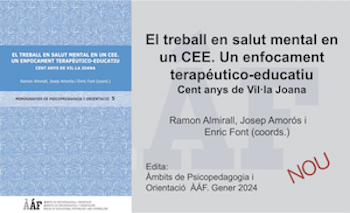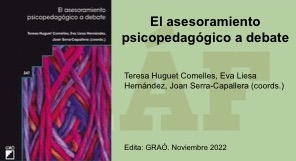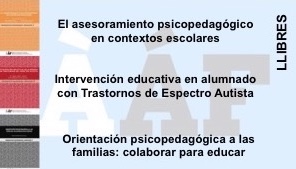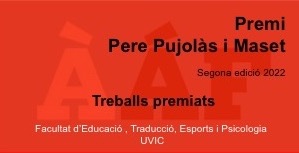USEB – Primary care in the nursery school
DOI:
https://doi.org/10.32093/ambits.vi51.1421Keywords:
USEB, TEA, Vil·la Joana, Play, Bond, Relationship, Observation, Support network, InclusionAbstract
The Unitat de Suport a l’Escola Bressol (USEB) is a service that emerges from the Vil·la Joana Special Education Center and that addresses children with relationship and communication disorders (TEA, TGD, Disorders limits...) ages from 0 to 4 years, helping them and accompanying them (in the primary school) to diminish their suffering so that they can be in a safe, confident and cozy environment.
The aim is for the child to manage his discomfort and anxieties that can be approached in various curricular areas such as the discovery of the environment, the one of himself and that of others, in personal development and also in communication and language. And, ultimately, it can be related to both referring adults and their peers, promoting inclusion in the school environment.
To do this work, the USEB team works from three important pillars: the child himself, the professionals that accompany him (teachers and educators of nursery schools, CDIAP professionals and other services involved) and families.
Work tools are: observation, search for strategies, sharing and application of these (intervention), evaluation and/or application of new strategies. The fields of application are: in the play, in the classroom, in the yard and in the school in general.
References
Centre Educatiu i Terapèutic Carrilet (2012) Comprensión y abordaje educativo y terapéutico del TEA. Barcelona. Horsori Monográficos.
Escario, L. (1992). Contención y comprensión en intervenciones psicoterapéuticas breves. Sociedad española de psiquiatría y psicoterapia del niño y del adolescente. Revista 13-14, 69-82
Klein, M. (1930). La importancia de formación de símbolos en el desarrollo del yo. Obras completas, Vol. 2 Buenos Aires. Paidós
Winnicott, D.W. (1971). Realidad y juego. Barcelona. Gedisa
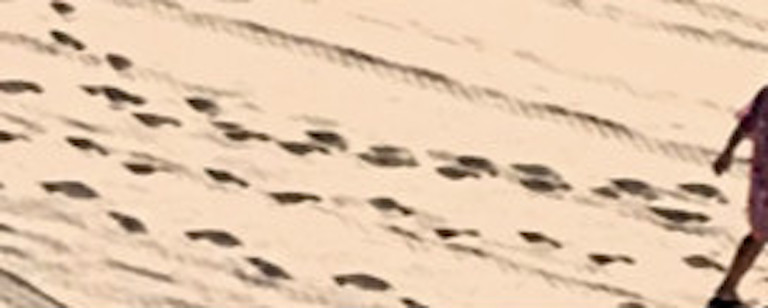
Downloads
Published
Issue
Section
License
The authors maintain their copyright and give the right to the first publication of the work to the journal, registered under a Creative Commons Attribution-Non Commercial-NoDerivs license. This license allows others to download the works and to share them with others as long as they credit the author, but it does not allow for any kind of modification or commercial use.



